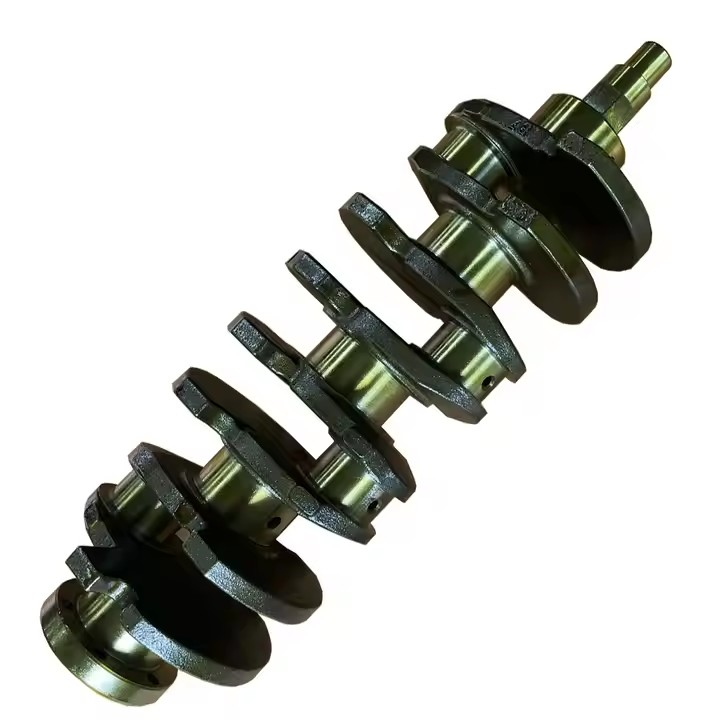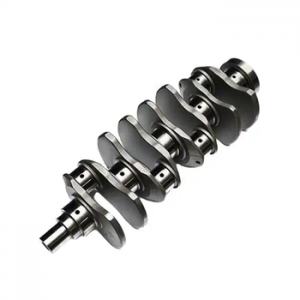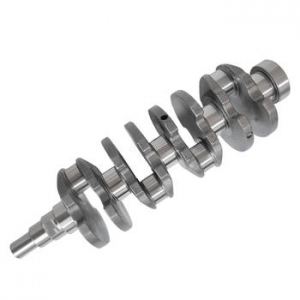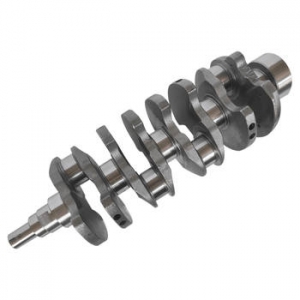Understanding Crankshaft Forging
The crankshaft is a critical component in the engine of a vehicle, responsible for converting linear motion into rotational motion. Crankshaft forging is the process of creating a crankshaft using metal forging techniques. Forging involves heating metal to a high temperature and then shaping it using a combination of pressure and hammering. This process creates a strong and durable crankshaft that can withstand the stress and pressure of engine operation.
Benefits of Crankshaft Forging
There are several benefits to using a forged crankshaft in an engine. First and foremost, forged crankshafts are stronger and more durable than their cast counterparts. This is because the forging process creates a more uniform grain structure in the metal, which improves its strength and resistance to fatigue. Additionally, forged crankshafts are less likely to suffer from defects such as porosity or inclusions, which can weaken the crankshaft and lead to premature failure.
Improved Performance
Another benefit of using a forged crankshaft is improved engine performance. The increased strength and durability of a forged crankshaft allow for higher engine speeds and power output. Additionally, forged crankshafts can be designed with more precise tolerances, which can improve engine efficiency and reduce friction. This can lead to better fuel economy and lower emissions.
Choosing the Right Crankshaft Forging
When selecting a forged crankshaft, it is important to choose the right material for your specific engine and application. Common materials used for crankshaft forging include steel, aluminum, and titanium. Steel is the most common material due to its high strength and durability, while aluminum is often used in high-performance engines due to its lightweight and high strength-to-weight ratio. Titanium is the lightest and strongest material, but it is also the most expensive.
Choosing the Right Manufacturer
It is also important to choose a reputable manufacturer when selecting a forged crankshaft. Look for a manufacturer with a proven track record of producing high-quality crankshafts that meet or exceed industry standards. Additionally, look for a manufacturer that offers a range of materials and customization options to ensure that you get a crankshaft that meets your specific needs.
Maintaining Your Forged Crankshaft
Once you have selected the right forged crankshaft for your engine, it is important to properly maintain it to ensure optimal performance and longevity. This includes regular oil changes, using the correct oil viscosity, and monitoring for any signs of wear or damage. If you do notice any issues, it is important to have them addressed promptly to prevent further damage and potential engine failure.
Conclusion
Crankshaft forging is a critical process in the creation of high-performance and durable engines. By choosing the right forged crankshaft material and manufacturer, and properly maintaining your crankshaft, you can ensure optimal engine performance and longevity. Whether you are building a high-performance race engine or simply looking to improve the performance of your daily driver, a forged crankshaft is an excellent investment.





